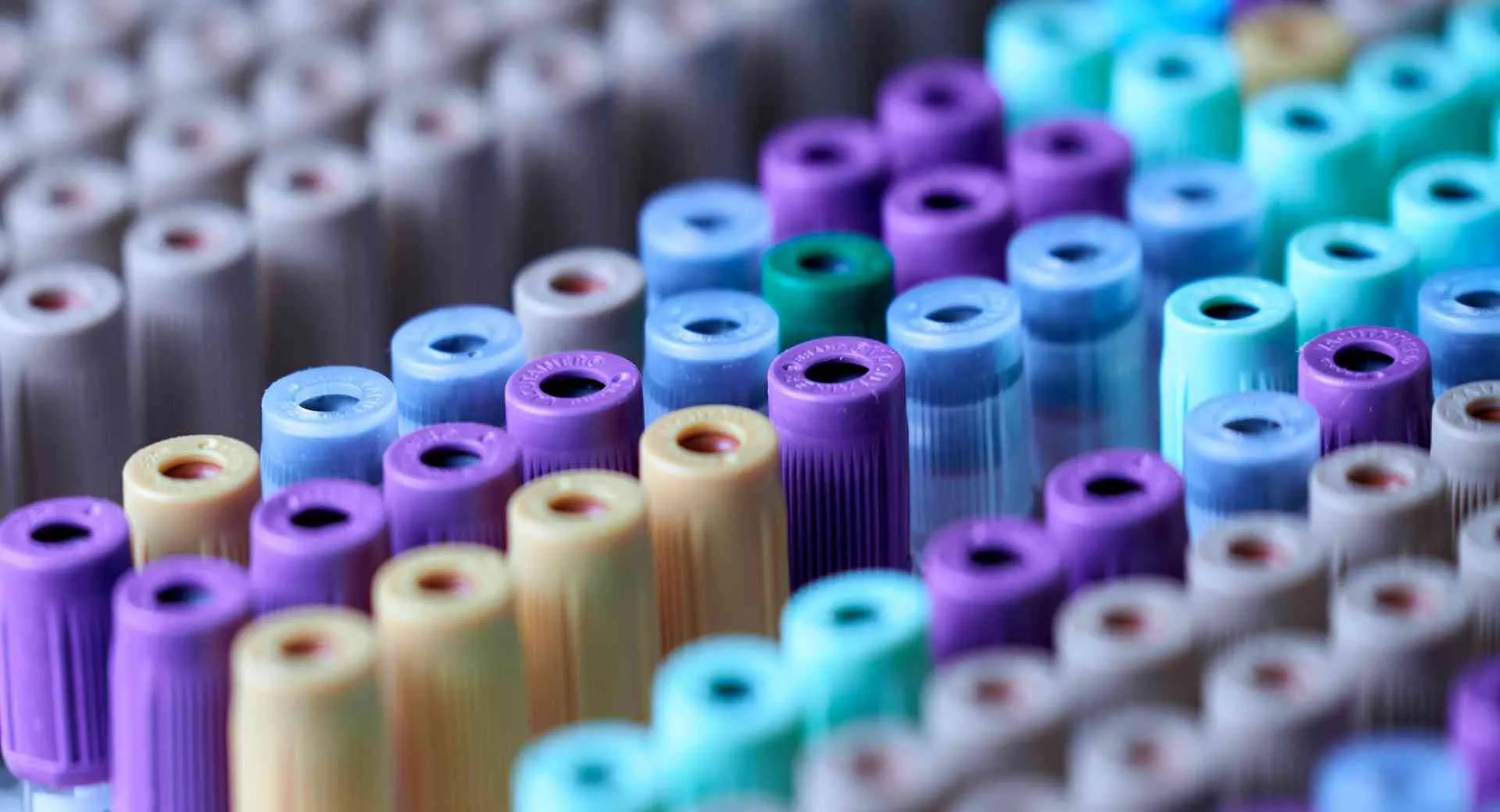Description
PLGA-PEG-Azide is an amphiphilic AB diblock copolymer consisting of a hydrophilic block polyethylene glycol (PEG) and a hydrophobic block poly(lactide-co-glycolide) (PLGA). The PEG segment has a reactive azide for click chemistry with alkyne, DBCO or strained cyclooctyne. The hydrophobic block terminates with a hydroxyl group. PEGylated copolymers with biodegradable and biocompatible polyester segments prepare core-shell micelles, nanoparticles and microspheres. The hydrolytic degradability of polyester segments depend on the molecular weight and the ester type. The spacer between ester groups (lactide, glycolide or caprolactone) determines the degradability of esters. PEG-PLGA with other MWs and various L to G ratios is also available.
Properties
PLGA – poly(lactide-co-glycolide) copolymer are available at a wide range of molecular weight (MW) and monomer (lactide to glycolide) ratios. PLGA can be dissolved in a wide range of solvents – higher lactide polymers can be dissolved using chlorinated solvents whereas higher glycolide polymers will require the use of fluorinated solvents such as hexafluoroisopropanol (HFIP) and perfluoroacetone.
References
1) Indocyanine Green J Aggregates in Polymersomes for Near-Infrared Photoacoustic Imaging, ACS Appl. Mater. Interfaces 2019, 11, 50, 46437-46450, doi: 10.1021/acsami.9b14519
2) Biodegradable long-circulating polymeric nanospheres. Science 1994;363:1600–3, Text.
Click here to view an expanded list of hundreds of publications citing Creative PEGWorks products.


